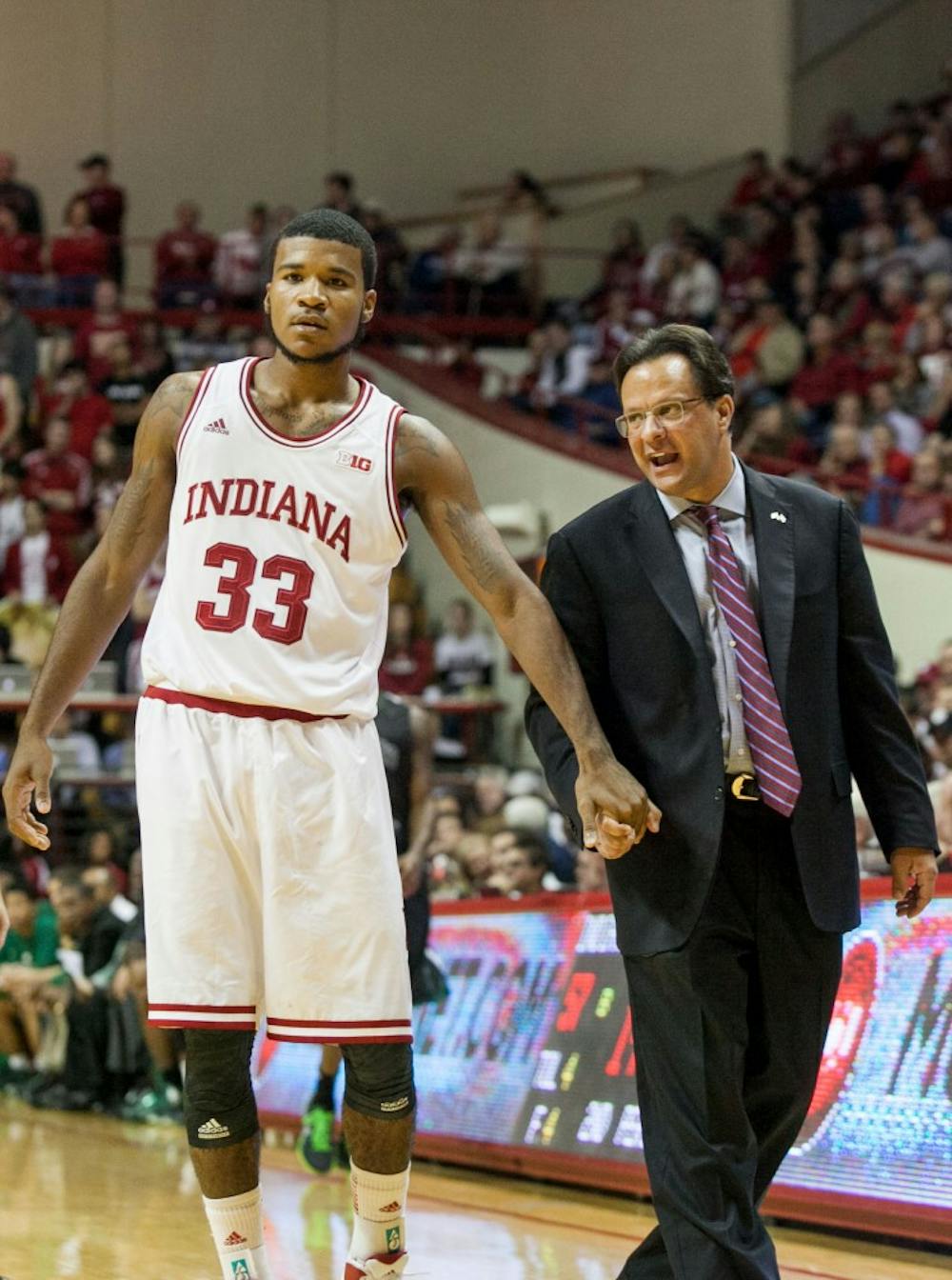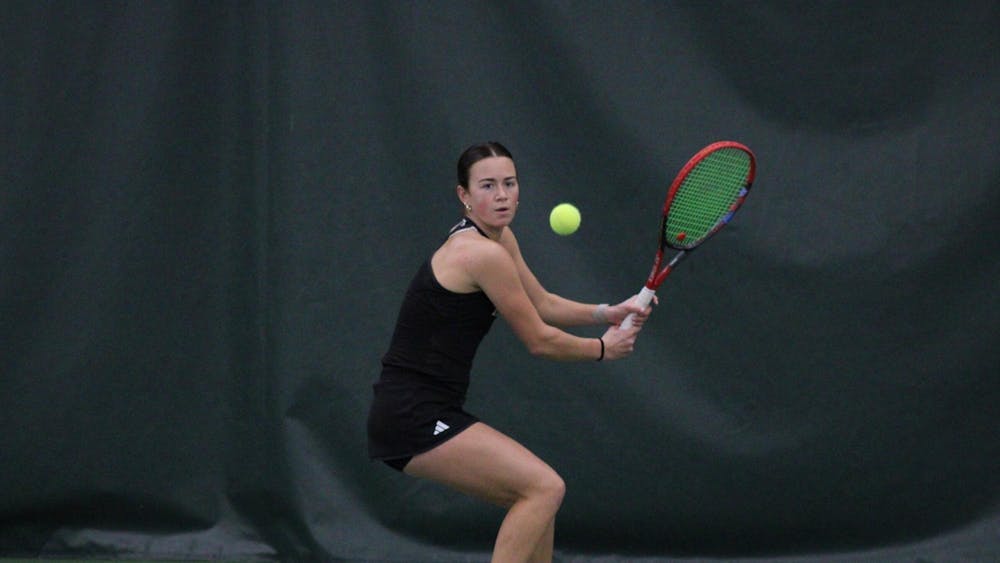This year’s NBA free agency period has been nuts.
Between the never-ending LeBron James saga that saw him come home to Cleveland, the reuniting of Chris Bosh and Dwyane Wade in Miami for at least another two years and Carmelo Anthony changing his mind on where to go every six to eight hours in July before ultimately settling on the Knicks, it certainly wasn’t lacking in big names.
But more than the value of the players, this year’s free agency period showed us basketball players have more negotiating and decision-making power in their sport than they ever have before.
This certainly isn’t a new development — free agents have decided on teams for years. But more and more, teams are forced to try and lure elite-tier talent to their cities in new ways.
Take the Indiana Pacers for instance. They originally gave unrestricted free agent Lance Stephenson a five-year, $44-million contract offer but he turned it down for a three-year, $27-million offer from the Charlotte Hornets, that was basically the same amount of annual money.
Historically, unproven yet promising talents such as ex-Wizard Gilbert Arenas have taken a long deal rather than a short one for the sole reason of financial security.
But today, players are banking on their own talents. They realize their individual success is oftentimes more important than the success of whichever team drafted them.
The Pacers did everything in their power to keep Lance, but none of it was good enough to keep him from leaving Indiana.
The rash of movement has even spread to the ?trading of head coaches. Take, for instance, the recent movements of Los Angeles Clippers Coach Doc Rivers and new Milwaukee Bucks Coach Jason Kidd.
One overlooked aspect of this power shift, however, is how it’s affecting the NBA’s true Development League: NCAA Basketball.
Money drives everything, and NCAA Basketball is no different. The surge in max deals and huge paychecks for NBA players has caused several transfers of both players and coaches at the college level looking to get an increase in national exposure and playing time.
According to a Sports Illustrated study in 2013, 38 percent of the top-100 players of the 2010 recruiting class finished at a different school from which they originally enrolled.
Of that class, almost 50 percent of the players attended multiple high schools during their time before college.
Even at IU, we’ve seen a number of transfers recently.
Forward Jeremy Hollowell transferred to Georgia State in April, and Johnny Marlin, Luke Fischer and Austin Etherington left IU this year too.
These come after IU picked up their own addition via transfer in Arizona State’s Evan Gordon.
Clearly, this increase in transfers is becoming a trend at the same time NBA free agency is becoming more impactful. What isn’t clear, however, is how this will affect the quality of play in college and how it will change the way college coaches recruit.
Will it cause major programs to put together more “super teams” such as the ones full of blue-chip freshmen we see every year at Kentucky? Will more young basketball prospects opt out of playing college ball altogether in favor of gaining experience in the NBA Developmental League?
Only time will tell, but it’s as Bob Dylan said: “The times, they are a-changin’.”
aknorth@indiana.edu






